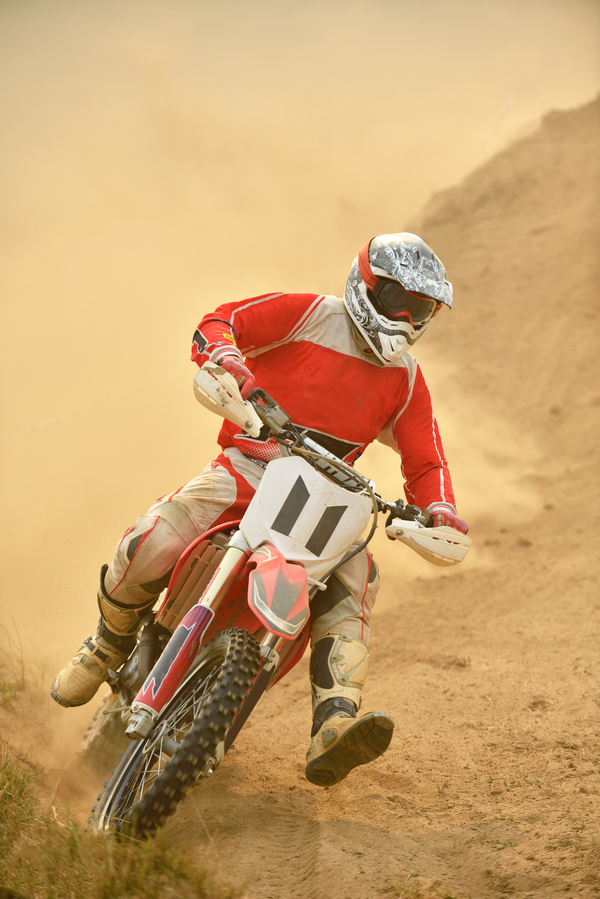Enduro races are races in line. They are structured according to a route of varying difficulty and length, to be covered by paying attention to respect the time controls. The special stages, which are timed sections, are inserted into the route.
They are divided into “taped” which are real dirt tracks similar to those of motocross, inline trials, and extreme ones. The ranking is drawn up on the basis of the total of the timed times of the various tests, taking into account any penalties caused by non-compliance with time controls or other infractions committed on the route (such as cuts in the route itself).
In the major national and international championships, the rankings are divided according to the displacements of the participating motorcycles.
The highest international appreciation of enduro races concentrates in the World Enduro Championship (WEC) and the ISDE (International Six Days Enduro), the first edition of which dates back to 1913.
The ISDE is a team competition between nations, in which the selections of the various countries compete for six consecutive days. Each selection historically stands out from the others for the color of the helmet and jersey.
Main facts about International Six Days Enduro

The International Six Days Enduro, is a motorcycling event that takes place every year and which assigns the title of Enduro World Champion to National Teams.
The ISDE was born in 1913 on the initiative of the British Cycle and Motorcycle Manufacturers and Traders, which donated a trophy to the FIM to palio to reward the reliability of the vehicles and the skill of the pilots. The first edition saw some British and three French pilots at the start, who guaranteed the internationality of the event from the first edition.
Only teams made up of national riders with vehicles produced in the same nation could compete for the Nations Trophy, which limited the participation in the race of motorcycle-producing countries only.
The race takes place over six days and comprises various kinds of tests: special tests Enduro Test, CrossTest, and Extreme Test. During the days, transfers known as Titarti can be made: sections that start from point A to point B of the off-road route, where the drivers must remain within a specific time set by the organizers, by exceeding the maximum time, the pilots risk a penalty.
The race also takes place on roads open to traffic, where competitors must respect the rules of the road. These sections are called Transfers. The last day is dedicated to the cross test (usually held on a cross-track).
Rules and peculiarities
A peculiarity of the race (shared with the Motocross of Nations) is the fact that the riders participate on motorcycles of various displacements covering all three categories of the Enduro world championship: E1 (125 2-stroke or 250 4-stroke), E2 (250 2-stroke or 450 4-stroke) and E3 (300 2-stroke or 500 4-stroke).
As for the main trophy, the six drivers of the various categories all race together; at the end of the day, the rankings are drawn up by adding the times of the best five drivers of each team. The Junior Trophy is run by a team of 4 drivers, and the times of the best three are taken into account at the end of each day of racing.
The other categories see three participants for each team and all times are considered for the purposes of the final classification.
Also, pilots cannot receive mechanical assistance on their vehicles except for a few operations, such as refueling, oil changes, and bleeding brake fluid. The pilots themselves must therefore carry out maintenance.
What is ISDE also called?
The ISDE is sometimes also referred to as the Motorcycle Olympics. The fact is that the competition initially, from the very first six-day race in 1913, was built on the competition of teams from different countries.
Initially, only 3 athletes participated in each team, but by the 1950s the number of participants in them had grown to 5, and by the 1980s to 6 people. At the same time, they had to show not only their own skills but also the endurance of the equipment they brought with them – they were allowed to perform exclusively on machines produced in their own country.
